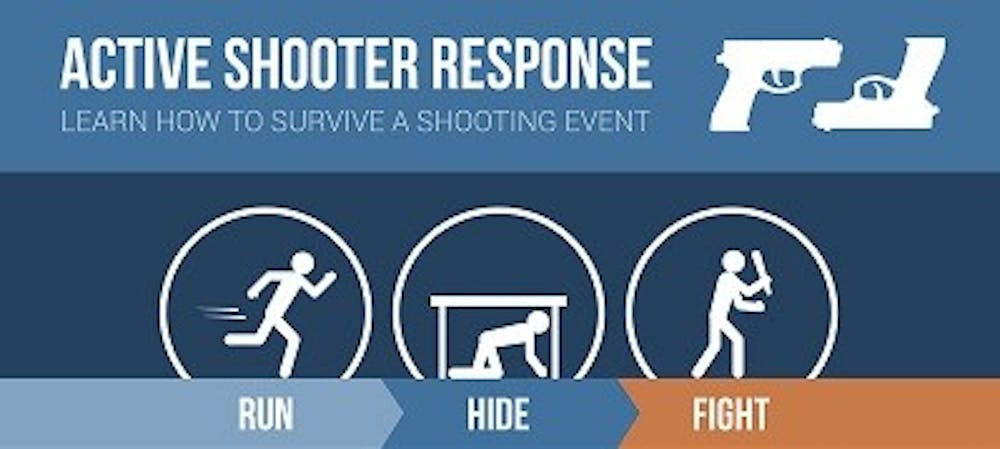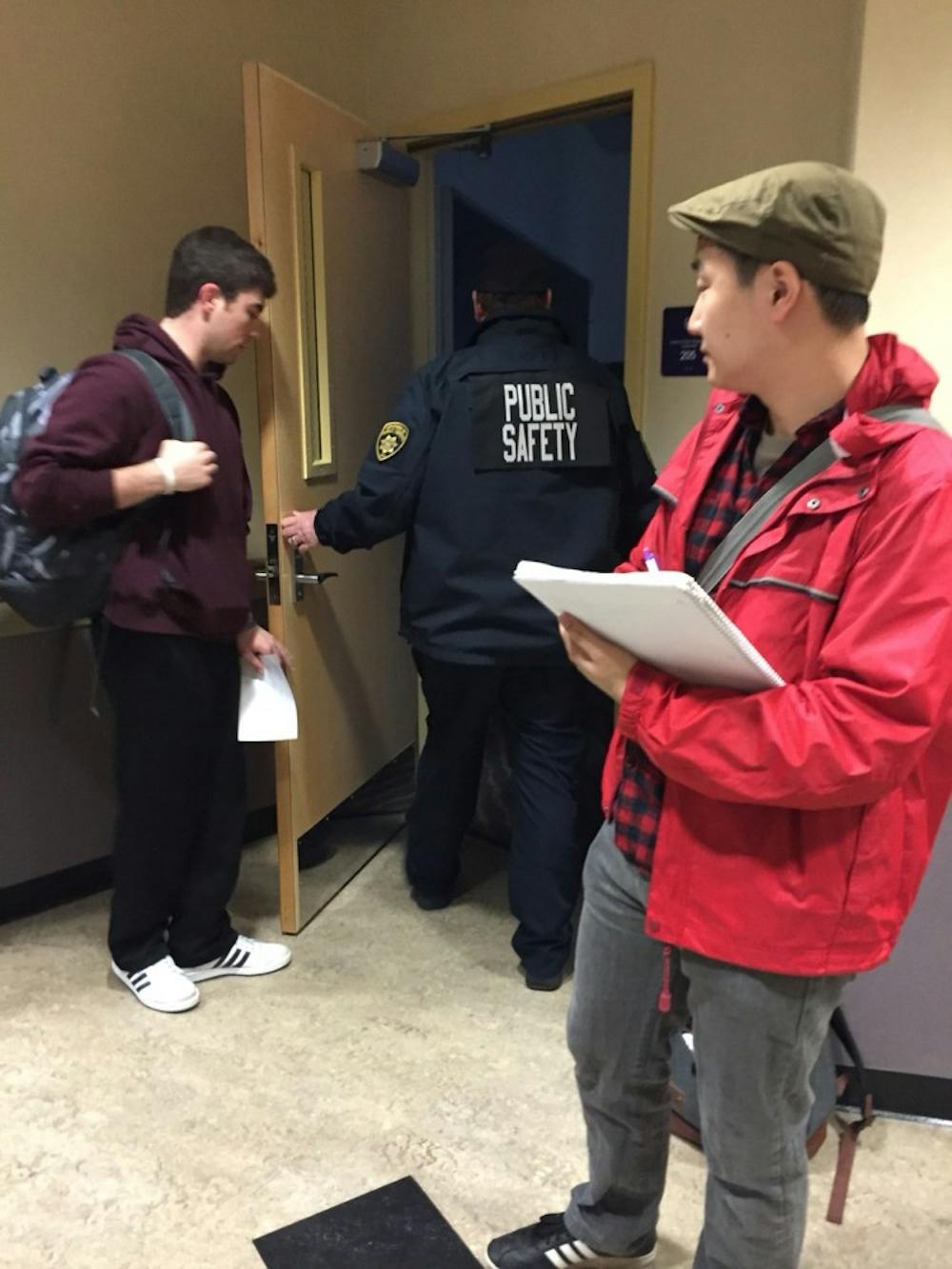On Thursday, Nov. 29, there will be an emergency alert drill conducted by Public Safety on campus, according to an email Sandy Chung sent to faculty and staff. The time of the drill has not been released, but it will test the UP Emergency Broadcast System, which sends voice, text and email messages to those who opt in to the system.
To sign up for the emergency alert system, students must use their login to PilotsUP and go to the bottom right of the page to a tab titled “UP Alert Emergency Notification Info.”
As deadly mass shootings have become more common, Public Safety has recently taken new steps to help prepare in the case of an emergency. It was only several weeks ago that a shooting at the Borderline Bar and Grill left 13 people dead.
Some of the steps to increase safety on campus include the increase in these emergency drills, providing educational videos about what to do in the case of an active shooter for the UP community members to watch, and implementing an Early Alert system.
Last year, a similar drill was conducted by P-Safe to test the alert system as well. Gerry Gregg, Public Safety director, admitted then that the drill could improve. Some of the phones in the classroom did not have a loud enough volume to sound the alert and other PA systems had the same issue.
The system called Early Alert also allows community members who are concerned about the physical, emotional, personal or academic well-being of a student to submit a report about the student. The Early Alert team will then reach out directly to the student and provide resources and other forms of assistance.
But to help students, faculty and staff prepare for the drill, Public Safety Director Gerry Gregg, advises students to review three regulatory actions in the case of a real emergency: run, hide or fight.

“First of all, run,” Gregg said. “If you can get away from the scene of an active shooter, you should do it.”
According to the P-Safe website, the first thing to do is to plan an escape route and try to run if possible. Do not take any belongings with you and try to find a safe place. Also, try to help others escape and advise others of the area where the shooter may be.
“If you don’t have enough information about where it’s occurring, or you don’t believe you have enough opportunity to get away from the scene, then you should hide,” Gregg said. “Close and lock door, draw blinds, silence cell phone, and hide somewhere in room.”
The next option is to hide. P-Safe advises UP members hide in somewhere out of sight of the shooter. But if you cannot run or hide, then the next option is to confront the shooter.
“You have to fight, and you have to fight to survive, and you have to be committed to that,” Gregg said. “Think about what could defend with: your hands, a chair, a pen.”
Claire Desmarais is the news and managing editor for The Beacon. She can be reached at desmarai20@up.edu.








